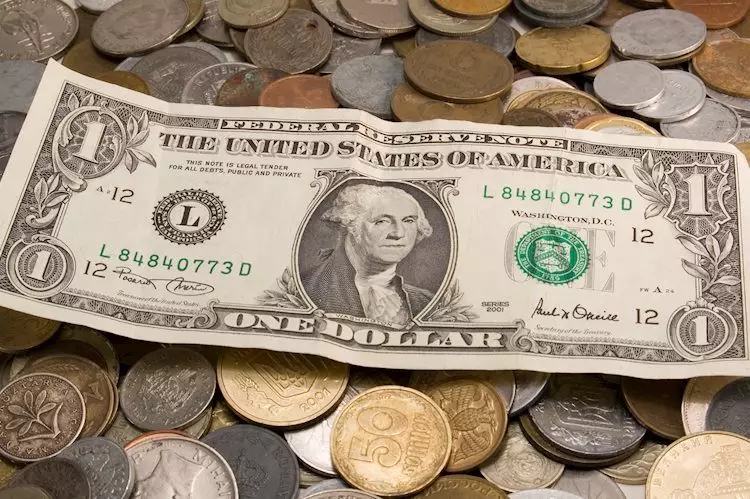The US economy is presently traversing a careful path, marked by a moderate slowdown interspersed with resilient indicators of growth. Despite the challenges, the Federal Reserve (Fed) seems to project confidence as it navigates through this tumultuous landscape. Economic activity, although showing signs of deceleration, continues to showcase robust resilience, pushing the Fed to maintain a delicate balance between necessary interventions and the aim of sustaining economic momentum. The Fed’s recent decisions regarding interest rates stand as a reflection of its commitment to an adaptive monetary policy, one that is heavily influenced by evolving economic data.
Moreover, the impending US election looms large, promising to affect numerous aspects of financial markets. Despite the uncertainties that accompany such pivotal events, the US Dollar (USD) appears to be solidifying its position in the face of fluctuating factors. However, the underlying sentiment remains illustrative of cautious optimism among market participants, indicating a broader endogenous dynamic at play.
Looking ahead, a surge of optimism is building anticipation for economic growth, particularly in the third and fourth quarters of the year. The New York Fed’s Nowcast model has recently painted an encouraging picture, suggesting a 2.6% seasonally adjusted annual rate (SAAR) for Q3 and a subsequent 2.2% prediction for Q4. These indicators signal that, even amidst a cooling economy, there is an underlying momentum that investors are keen to capitalize upon.
In tandem, the Fed has expressed satisfaction with the current financial conditions, largely due to market forces that have succeeded in keeping them loose. This leniency is beneficial for the overall economic environment, potentially aiding in the avoidance of a sharp downturn, often referred to as a “hard landing.” While market dynamics have fundamentally shaped these conditions, the Fed has continually pushed back against any narrative suggesting premature easing expectations, a stance that might emerge as a focal point for assessing future market behavior.
The discourse surrounding interest rates has grown particularly complex. Initial market reactions leaned towards a more pessimistic view regarding future rate adjustments; however, these expectations have notably shifted. Currently, the market is bracing for an additional 75 basis points in rate cuts by the end of the year, a possibility that has gained traction among analysts. More startling, forecasts suggest an expectation of nearly 250 basis points of further cuts over the next twelve months, which would position the Fed funds rate significantly below its neutral level.
Such drastic adjustments highlight the precarious nature of the current monetary policy landscape—a landscape where even the slightest breeze of economic data can send ripples across the financial markets. The implications of this anticipated softness in interest rates can have a profound impact on the USD, especially as traders weigh the potential long-term consequences.
On the trading front, the DXY index—an indicator of the US Dollar’s strength against a basket of other currencies—has experienced some upward momentum. However, it is crucial to note that technical indicators suggest a bearish undercurrent remains prevalent. With the Relative Strength Index (RSI) teetering at around 40, flirting with oversold conditions, and the Moving Average Convergence Divergence (MACD) producing diminishing green bars, it is clear that buying pressure is waning.
Investors are advised to keep an eye on key support and resistance levels, with supports established at 100.50, 100.30, and 100.00, while resistances lie at 101.00, 101.30, and 101.60. Such metrics not only provide critical touchpoints for market participants but also contribute to a broader understanding of potential price movements that can be anticipated.
The US Dollar has ascended to its current status as the world’s premier reserve currency, a title secured post-World War II when it supplanted the British Pound. This historical backdrop created a framework through which the Dollar operates within global markets. The monetary policy instituted by the Federal Reserve remains integral to this dynamic, governing the relationship between the Dollar’s strength and broader economic conditions.
While optimism regarding the US economy shows signs of resurgence, challenges linger on the horizon. The Fed’s careful navigation through data-driven interest rate decisions, market reactions to anticipated changes, and technical indicators all play significant roles in shaping the future trajectory of the US Dollar. As this complex tapestry unfolds, investors and economists alike will be watching closely, prepared to adapt to the nuances of a fluid economic landscape.

